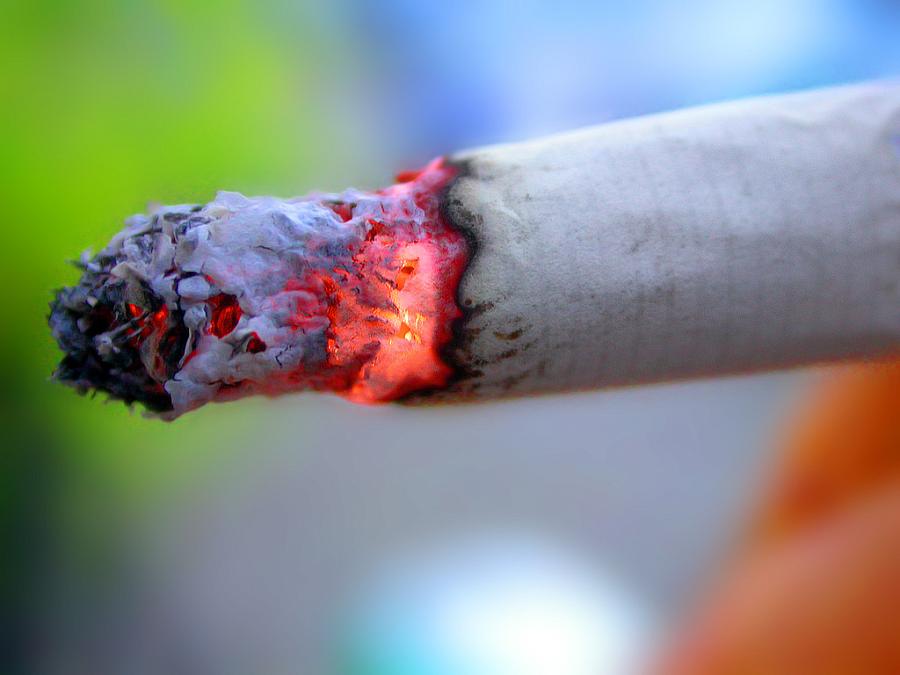Blowing Smoke: Slashing Tobacco Prevention Money in Your State

 A recent report on how states spend billions of dollars in tobacco settlement money is astonishing. I've written before about how states have steadily slashed spending on stop-smoking and smoking prevention programs, but this little factoid stopped me in my tracks:
A recent report on how states spend billions of dollars in tobacco settlement money is astonishing. I've written before about how states have steadily slashed spending on stop-smoking and smoking prevention programs, but this little factoid stopped me in my tracks:
Of the $25.6 billion in tobacco revenue they will collect this year (2012), the states will spend only 1.8 percent – $456.7 million – on programs to prevent kids from smoking and help smokers quit. This means the states are spending less than two cents of every dollar in tobacco revenue to fight tobacco use
In other words: state spending on stop-smoking and smoking- prevention programs by more than a third in just four years and now stands at its lowest point since 1999.
First, a bit of history: in a historic 1998 legal settlement, the nation's four largest tobacco companies agreed to stop certain kinds of marketing and pay states billions annually for medical care for people with smoking-related illnesses, such as lung cancer.
Ever since, advocacy groups have tracked how states spend their tobacco settlement money, with varying degrees of alarm. Basically, many cash-strapped states have diverted that money to other uses, such as plugging the holes in their deficits.
Hence the 2011 report, A Broken Promise to Our Children: The 1998 State Tobacco Settlement 13 Years Later, the latest version of an annual report funded by the Robert Wood Johnson Foundation and prepared by the Campaign for Tobacco-Free Kids, American Heart Association, American Cancer Society Cancer Action Network, American Lung Association, and Americans for Nonsmokers' Rights.
It's worth taking a look at your state's record – here's a helpful interactive map – and considering these story ideas as 2012 unfolds:
1. Is anyone still working at your state's tobacco control office? Do they have any money? What do they do all day?
2. Has your state's Medicaid program restricted patients' access to stop-smoking programs, medications to save money? (Some limits may not be a bad idea considering recent research on the effectiveness of nicotine gum and patches).
3. How do local public health officials feel about the cutbacks to tobacco prevention and cessation programs?
4. What are your state's laws on smoking in public places, and what effect have they had on state medical costs related to smoking and second-hand smoke?
Related Posts:
Blowing Smoke: What's Happening to Tobacco Control Programs?
Photo credit: SuperFantastic via Flickr

